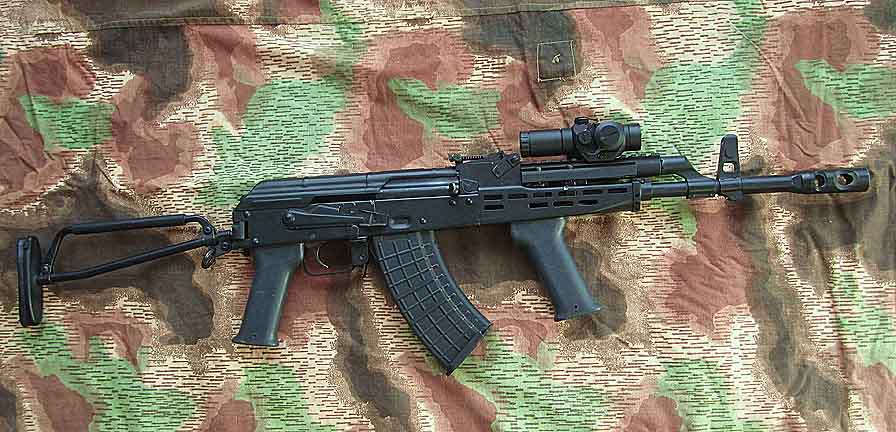

Those guns have trained and armed women and men from the Afghan National Army, the Afghan Local Police and the Afghan National Police, which is why an example could be seen guarding the “Friendship Bridge” in May 2010. In a country more closely associated with the Soviet Kalashnikov, this Hungarian version of the rifle ultimately came to be a common sight because, in 2005, the Pentagon procured 84,000 surplus AMD-65s for Afghanistan’s National Security Forces.Īn Italian Carabinieri watches as female Afghan National Police recruits demonstrate how to use the FÉG AMD-65 during an eight-week basic police training course at the Central Training Center in Kabul on Oct. This version of the AKM went into production at Fegyver- és Gépgyár (FÉG) in Budapest in 1966 and, as it was intended for paratroopers and mechanized forces, it was equipped with a short barrel and the side-folding stock that gives it a distinct appearance. (Photograph by Jeff Hallinan of Collectors Firearms in Houston, Texas) Right side view of TGI SA 2000M S/N EF 8403 H showing the guns 25″ length with stock folded. But the gun in the photograph is not Russian, it is Hungarian – specifically an AMD-65. Navy sailor snapped a photograph of an Afghan Border Policeman standing on the “Friendship Bridge” holding a Kalashnikov. On May 27, 2010, 21 years after the final Soviet troops crossed it, a U.S. This era brought security troops back to the banks of the Amu Darya River and the old “Friendship Bridge” the Russians left behind back in 1989. Navy photo by Petty Officer 1st Class Mark O’Donald/Released) 11, 2001, the NATO-led International Security Assistance Force (ISAF) began a military mission in Afghanistan that would eventually lead to the establishment of 700 military bases in the country – some operated by NATO member nations and some by Afghan National Security Forces.Ī closer view of the Afghan Border Policeman’s FÉG AMD-65 rifle. 15, 1989 and (7,771 days or 21 years, 3 months, 12 days later).īut the withdrawal of Soviet forces marked instead the beginning of the Afghan Civil War, which would lead in turn to the rise of the Taliban and ultimately a jihadist network named Al-Qaeda.

“Then and now” comparison of the “Freedom Bridge” over the Amu Darya River showing Feb. What happened on the bridge that day ultimately became symbolic of the collapse of the Soviet Union at a time when the future, particularly Afghanistan’s, briefly looked optimistic.

15, 1989, the moment marked the end of the Soviet military’s presence in Afghanistan and a turning point in the Cold War. When one final column of armored fighting vehicles crossed the “Friendship Bridge” on Feb.


 0 kommentar(er)
0 kommentar(er)
